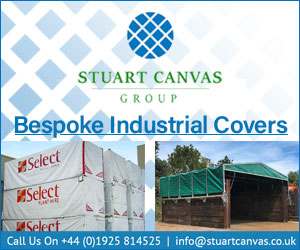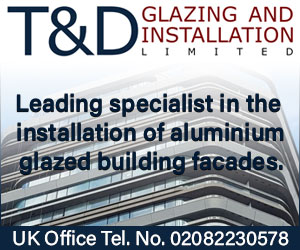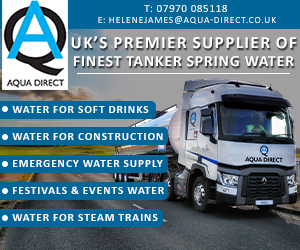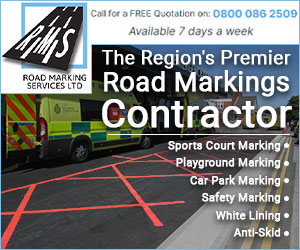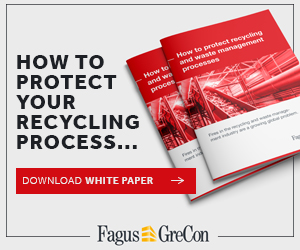Technically there is only one type of neon, it take around 5 years of practice to get good enough to bend glass to a high enough quality to make a real neon sign.
A1deSIGNS can manufacture this in-house for you.
If you are interested in the difference between the "different" types, we hope to answer what are the different types of Neon Signs question here for you.
Neon Signs (Only ever made from glass)
How is a neon sign made?
Neon signs are made from straight lengths of glass, these come pre-powdered with a phosphor coating. The glass is heated by hand in a flame until it becomes soft, a bit like spaghetti. Once the glass is soft, it is removed from the flame and bent to shape over a paper pattern by hand, air is also blown into the tube at the same time to keep the tubes shape and diameter, this is either done by a mouth piece or by blowing directly into the end of the tube depending on the style of bending. After each bend is completed out of the flame, the glass is returned to the flame to be annealed, this is done to reduce any stress in the glass. The bend then need to cool before the next band can be done, each and every bend is made this way.
Neon Bending
Bending Glass in a Hot Flame to make a Neon Sign
After the Bending process has been completed, parts are assembled into a section. A section can be a few letters when small or part of a large letter, shape or object. Once part are joined, electrodes are then attached to each end of the tube, the tube is then ready to be pumped.
Joining Part to make a Neon Section
Parts being joined to make neon section
After the Electrodes have been attached the section moves to the final stages, this starts with the section being bombarded. The section is attached to a machine via some small stemming glass, once a seal is created the section is then put under vacuum, voltage is then applied to the tube once a certain pressure is reached, this applied voltage lights up the tube and starts warming the tube and electrodes up. As the tube warms harmless impurities are given off and then removed with the vacuum, (if they were not removed the tube would either not light or would fail quickly). The pressure of the tube is kept low until the electrodes have been activated and the tube has reached the correct processing temperature. Once the tube has been cleaned and the electrodes activated the vacuum is then increased, the tube is allowed to cool before the required gas (Neon or Argon) is added. Once complete the tube is removed from the bombarder and the placed into the aging bay.
The aging bay part of the process allows for the tube to fully come to life and checks for any problems with the tube. Once the tube is ready, all of the drop-backs (parts that are not needed to be seen) are painted out to give the lettering or design definition.
Where can a Neon Sign be used?
Neon signs can be used pretty much anywhere, indoors or outdoors, they are allowed to be used at touching height and don't burn you when touched. There are times, however, when other options would make more sense, or placing a cover over the neon would be a good choice and there are sometimes electrical regulations that need to be considered. If you wish to discuss how you are looking to use your sign, get in contact and we will be happy to discuss this through with you. Please don’t take the word of an LED company that doesn’t make neon, as they generally don’t understand or know about real neon.
What are the options for mounting a Neon Sign?
The mounting option for a neon sign are quite varied, from mounting it directly to a wall, to a clear acrylic panel, inside a hung acrylic box, to aged wooden boards or metal panels, basically most rigid surfaces are suitable. If you are unsure please feel to get in contact and we can discuss what you are trying to achieve. Check out our Neon Sign Page for more information.
Sunshine Soul - Neon Sign Maker
If you would like to see a quick video over view of the neon making process check out our How is a Neon Sign Made video, or to view some completed projects check out our Custom Neon Signs page or our Neon Art page
LED Flex Neon Signs (LED Flex)
How is and LED Flex Neon Sign made?
LED Flex Neon Signs are made using LED Flex, this needs to be mounted to something to hold its shape and is usually attached to either clear or black acrylic. The acrylic is cut using a CNC router to cut a channel in the shape of the required design, the router then cuts the outline of the text or the shape of the design. Once the backing has been machine processed, the flex is then glued in place, with small cuts made into it so that it can be bent to the required shape or design. Pieces of the flex are connected by soldering small cables between them, these connections can be a bit fragile due to the size of the small cables used.
LED Neon Flex
Where can it be used?
LED Flex Neon signs are mainly intended for indoor use. The reason for this is the way they are manufactured, cuts are made into the sealed LED Flex, these are necessary to bend the flex to follow the shapes required they are also cut in order to make the required soldered connections between pieces. These cuts need to be sealed back up, this is done manually with silicone and although it will provide weather resistance we wouldn’t recommend their use for prolonged periods outside or in exposed locations. The acrylic backing can be on the fragile side.
LED Flex Neon Sign Mounting Options?
Due to the nature of the way the LED Flex Neon signs are made they need to be mounted directly to acrylic. This can then be either hung, or fixed in place using sign supports or directly screwed to the wall. Check out our LED Flex Neon Sign page for more information.
Open LED Flex Neon Sign
If you would like to see some completed projects manufactured from LED Flex visit our LED Flex Neon Signs page, or you can view our video showing the product close up here.
LED Neon (Acrylic Block Lettering)
How is LED Neon made?
This version of "Neon" is made from a solid block of 30mm thick acrylic, the rear of the lettering is routed out to make space for LED's to be put in to the back, the the outline is cut out for the lettering or design. Once the router has completed cutting out the lettering or design, it is cleaned up. The backs are then cut from a choice of materials depending on its final use. The final design choice will either require a flat face or rounded face. if a round face is required the acrylic face is then routed and cleaned up, either type then moves onto the next phase.
The next step is the mounting and soldering of LEDs inside the back of the letters or design, the backs are secured in place and then the sides are wrapped in a block out vinyl. Suitable fixing are then secured in place for the lettering or design to fitted into place.
LED Neon Acrylic Parts
Where can it be used
This type can be manufactured for either internal or external use, but we need to know beforehand as the process is slightly different depending on the use case. This type of design is robust and quite resistant to damage.
Nando LED Neon – Block Acrylic Lettering
Mounting Options
There are a variety of option with this design including directly to a wall or mounted to a variety of rigid substrates, please get in contact to discuss your requirements. Cabling will need to be a consideration as each part will have a cable running to it. Check out our LED Neon Section for more information.
Do What You Love LED Neon Sign
A variety of completed projects can be viewed on our LED Neon Signs Page.
Construction News
26/07/2021
What Are The Different Types Of Neon Signs?
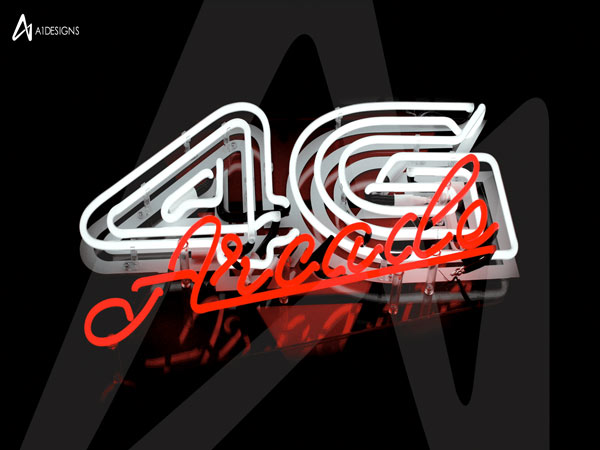
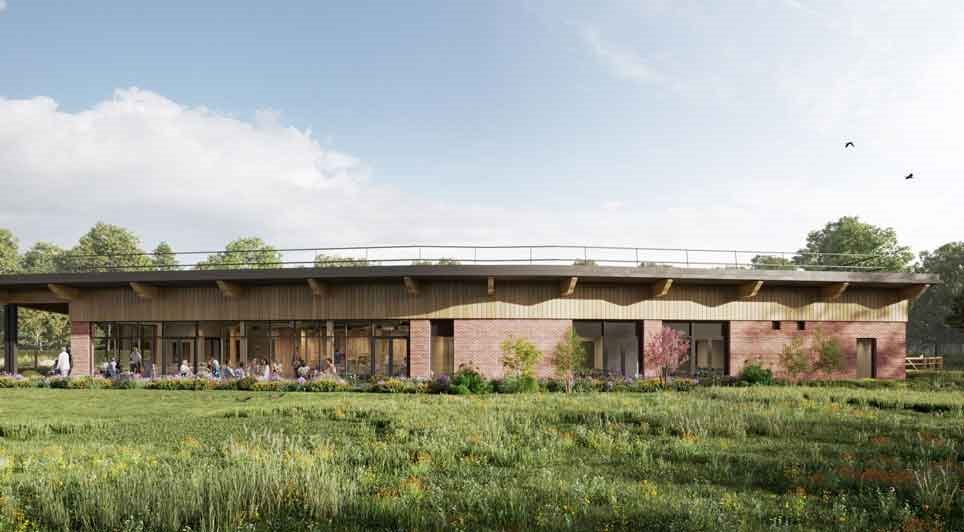
17/04/2025
Willmott Dixon has been selected by Oldham Council to build a new Visitor Centre and Forestry Skills Centre at Northern Roots, the UK's largest urban farm and eco-park.
The development marks a major milestone in the transformation of 160 acres of green space at the heart of Oldham, part of the coun
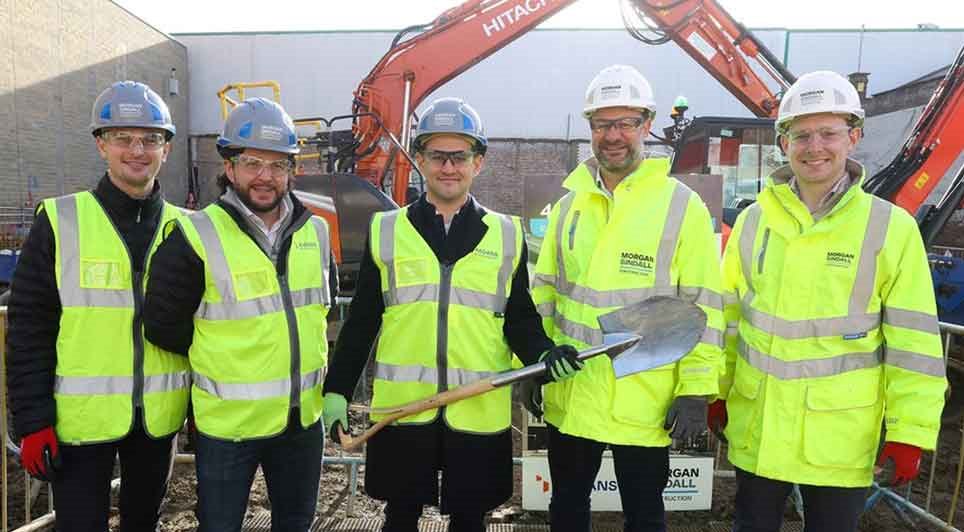
17/04/2025
A groundbreaking ceremony has officially marked the commencement of construction for Versa, a state-of-the-art laboratory facility at King's Cross.
The project, which is being delivered by Morgan Sindall Construction, has been commissioned by Kadans Science Partner, a prominent European investor s
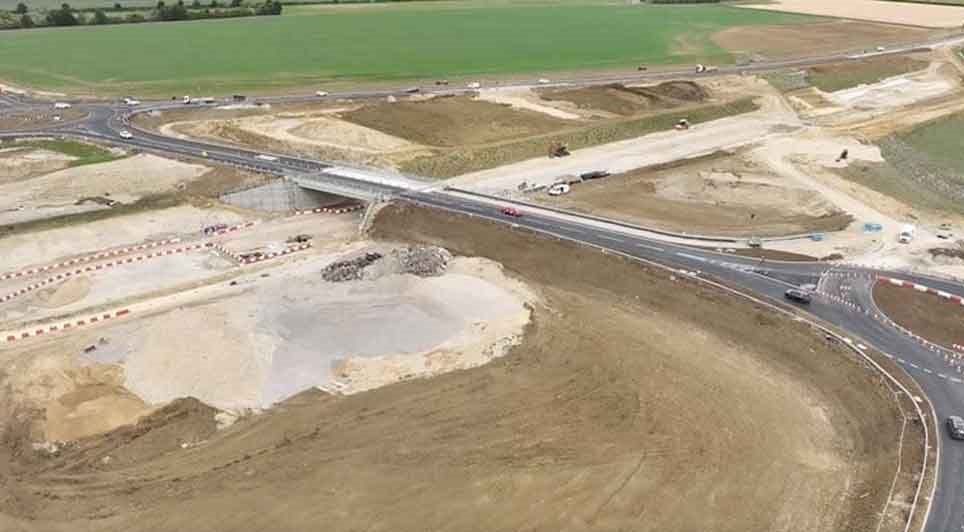
17/04/2025
A major milestone has been reached on Skanska's A428 improvement scheme, as the project team connected the new A428 and B1040 roads over a newly constructed bridge and opened it to traffic last weekend.
The achievement marks a crucial step forward in the project, enabling access to part of the main
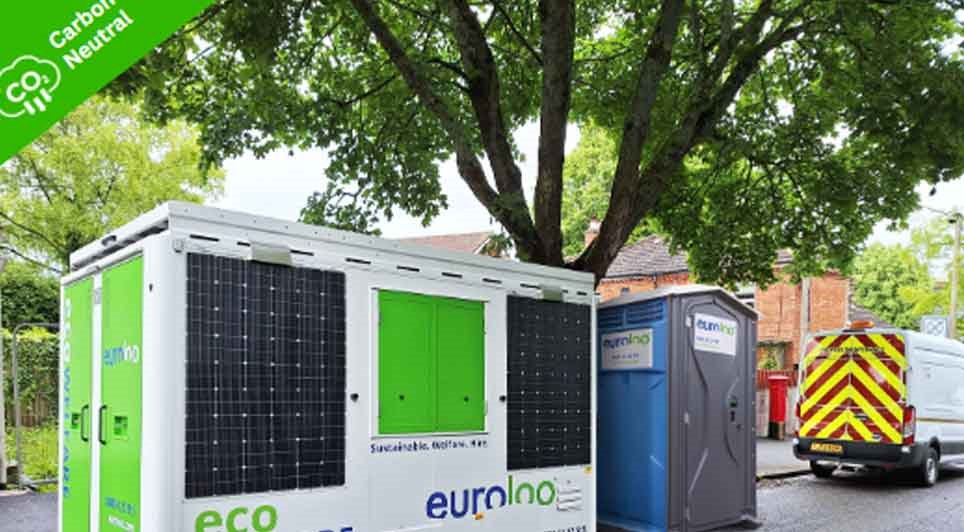
17/04/2025
Our welfare unit hire division offers innovative ecowelfare units ready to be delivered nationwide and available in a range of configurations to accommodate 7, 12, or 15 persons with our most popular unit being our 12ft model fitted with advanced solar panels means there is no noise or vibrations f
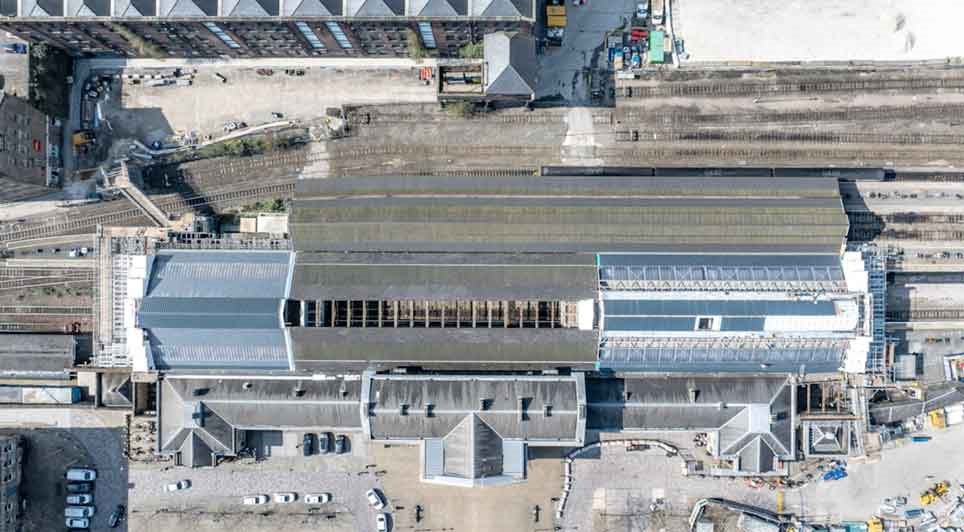
17/04/2025
Huddersfield Station will temporarily close from Saturday 30 August to Monday 29 September 2025 to allow for a critical phase of engineering work as part of the Transpennine Route Upgrade (TRU).
The closure will enable extensive track and platform remodelling at the Grade I listed station, which ha
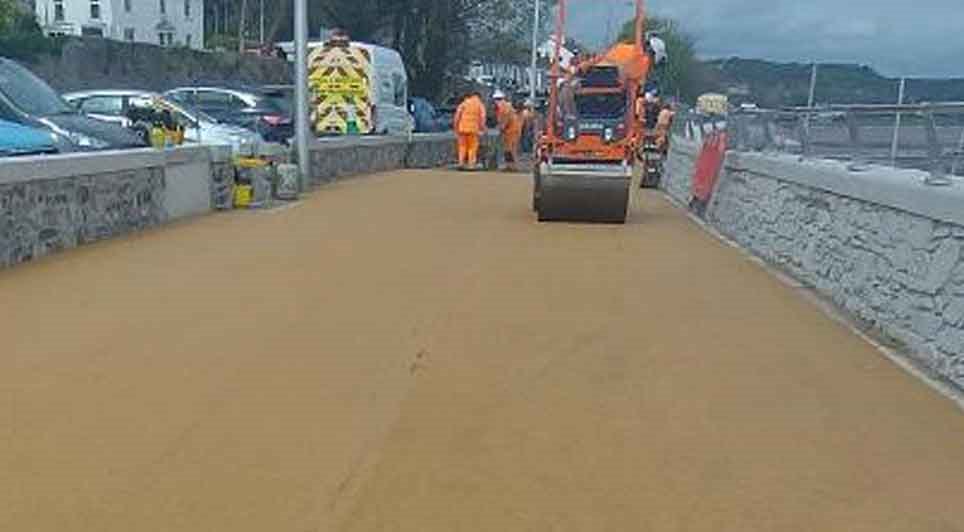
17/04/2025
Visitors to Mumbles over the Easter holidays can now enjoy the transformed promenade, as major upgrades under the Mumbles Coastal Protection Project near completion.
Contractors have begun laying a durable buff-coloured top surface, replacing the previously installed black Tarmac. The fresh finish
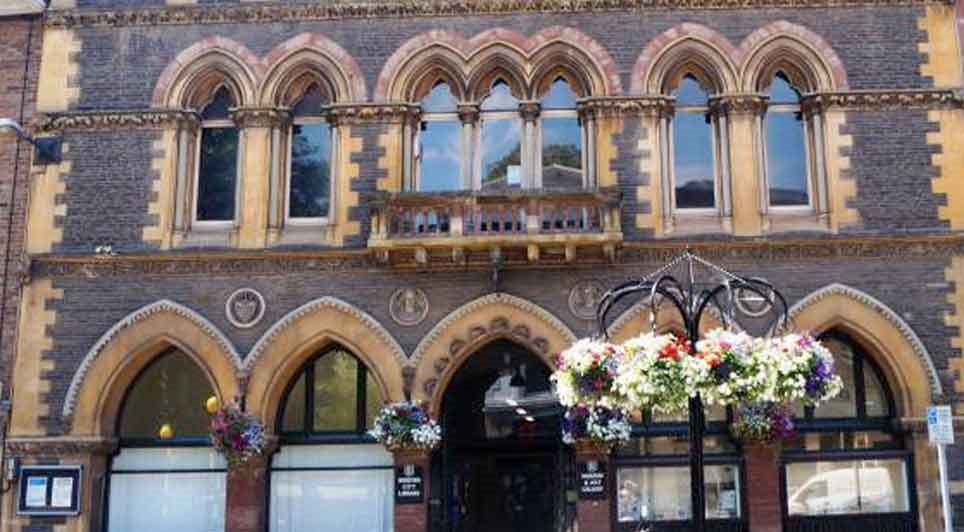
17/04/2025
Herefordshire Council has secured £1 million in funding from the government’s Public Sector Decarbonisation Scheme, to redevelop Hereford's Museum and Art Gallery into one of the most energy-efficient heritage public buildings in the UK.
The funding will be used to install a low carbon heating syst
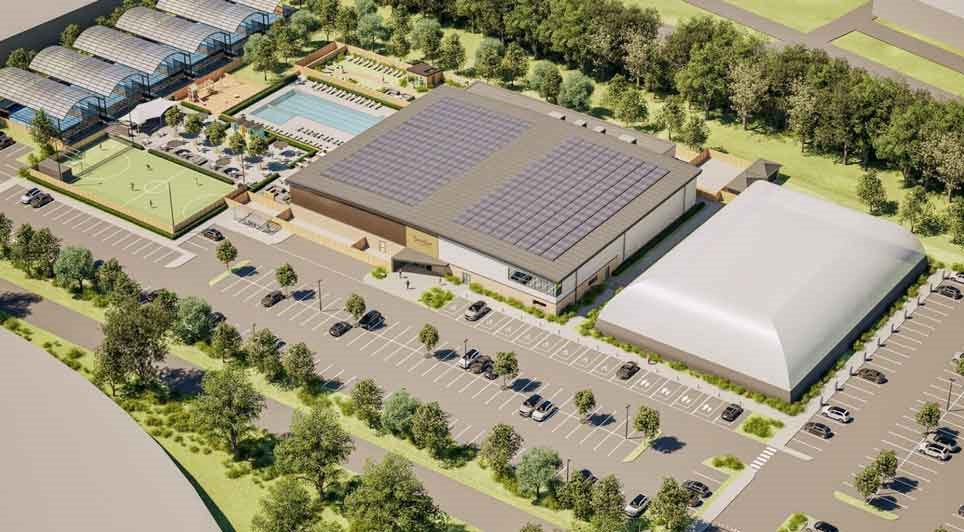
17/04/2025
David Lloyd Leisure, Europe's leading health, fitness and wellness group, has submitted a planning application to Wirral Council for a new club at Wirral Waters.
The proposed club, set to create up to 100 permanent jobs upon completion, will be located at Peel Waters’ Bidston Dock site off Wallasey
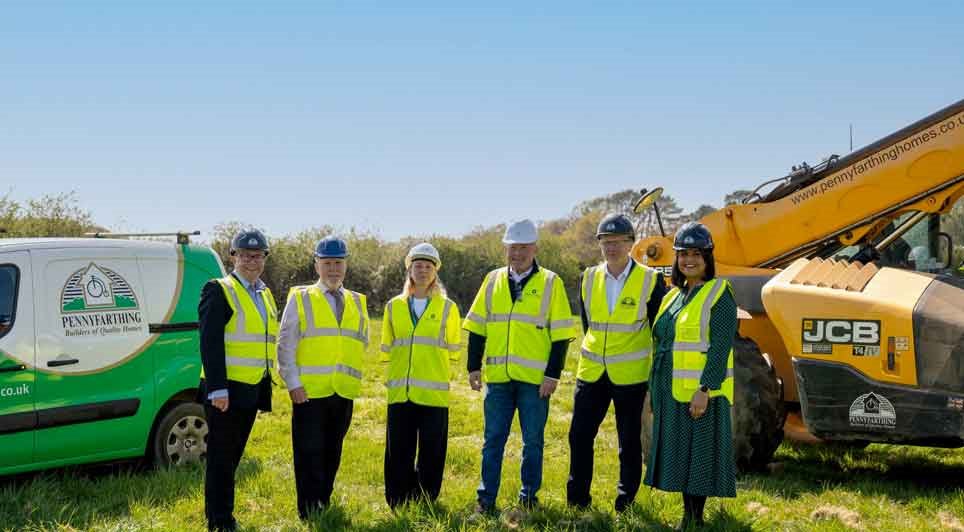
16/04/2025
Pennyfarthing Homes has officially broken ground at Danes Park in New Milton, launching construction on a significant new residential development that will deliver 164 homes.
To mark the milestone, directors from Pennyfarthing Homes welcomed Councillor Steve Davies, Portfolio Holder for Housing and
16/04/2025
GMI Construction Group is celebrating the official opening of Dakota Newcastle, the North East's first Dakota Hotel, situated on Newcastle's Quayside.
The 118-room luxury boutique hotel, located at St Anne's Wharf, has welcomed its first guests and is poised to become a major addition to the region
 UK
UK Ireland
Ireland Scotland
Scotland London
London


